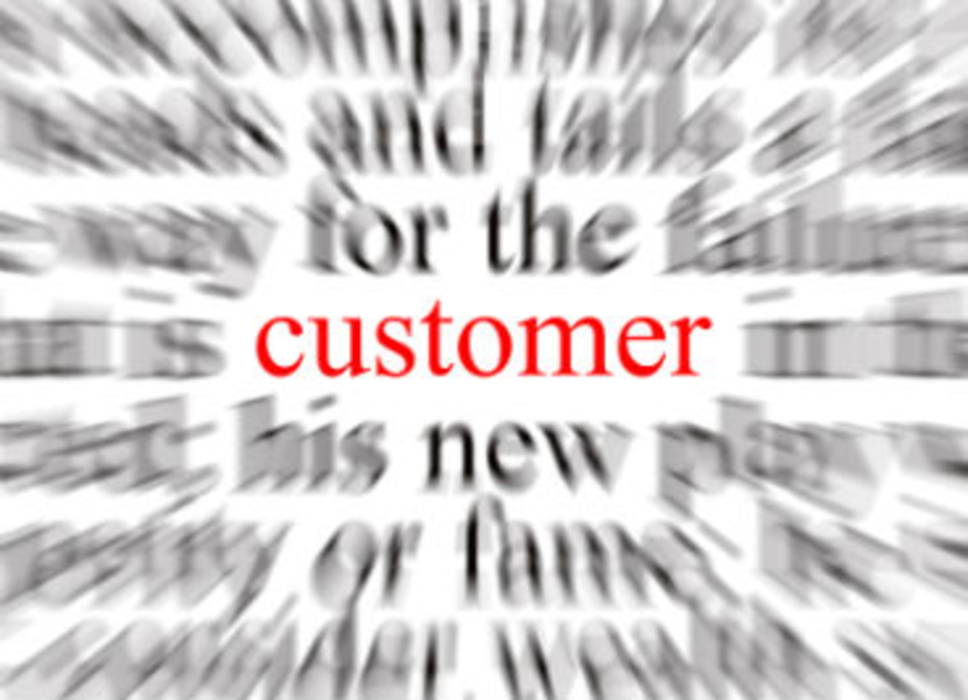How often is it that a simple, almost pithy statement can contain insight and wisdom so important that it cuts through all the voluminous books, blogs, and articles written on the subject to deliver a guiding principal so obvious and yet so sadly ignored by the majority? I had such an experience recently when interviewing best-selling author and marketing expert David Meerman-Scott for a documentary I was making on sales and marketing in the era of the empowered buyer.
During the interview Meerman-Scott said: “I see so many organizations that do campaign-based marketing. They’re looking at doing something next week, next month for a product they’re launching six months from now, and that’s marketing on the time frame of the company, which is sort of an egotistical approach to marketing, isn’t it?”
It is sure is! Stop and think about the statement for a moment and ask yourself whether your organization market on its time frame or that of the customer. And, indeed, does it even acknowledge that customers have their own time frame?
Think about all the hours spent by marketing planning their campaign calendar for the year—the almost military precision with which they identify the message, target the segment of the database, and put click-through and open-rate metrics in place to measure the success of the campaign. Think about how sales eagerly awaits the execution of these campaigns with Pavlovian expectation.
Then the campaign launches and marketing diligently tracks the results and declares the open rate to be above industry average and the click-through rate to be the best of the year. Immediately lead scoring and nurturing kicks in and eventually the lead queues of the salespeople fill up and there’s an air of anticipation of the business that is about to be converted.
Sadly, all too often reality bites as the follow-ups on the “leads” begin. Salespeople make calls and send emails with initial optimism, which quickly turns to frustration as the majority of leads amount to nothing. This is followed quickly by recriminations; sales points an accusing finger at marketing and declares that most of the leads were worthless, while marketing shoots back that this was one of the most successful campaigns ever but salespeople aren’t skilled enough to convert them. This scenario plays out across organizations on such a regular basis that I’ll wager that this is resonating with you. Indeed, Neil Rackham, author of SPIN Selling, and I once sat in the conference room of a globally well-known organization and watched this very interaction happen in real time between the sales and marketing executives. The classic circular firing squad, if you like.
By now you may have noticed that the perspective of the most important constituent is missing? Yes, that’s right, the buyer has been relegated to some kind of passive bystander always available to be enticed by the right message and the right offer, and their casual click-through is hungrily viewed as real intent. Meanwhile, all the emphasis is on internal processes such as campaign scheduling and lead flow definition. So it’s easy to see why Meerman-Scott rightly calls this egocentric.
The reality is that your buyer is just as busy as you are and doesn’t have the time or inclination to operate according to your schedule. So you have a stark choice in front of you: either start marketing on the time frame of the buyer or continue to execute campaigns on your own time frame and hope the two time frames coincide sufficiently for you to get a return. I don’t know about you, but relying on the notoriously unreliable law of averages seems more like gambling than strategy.
OK, so if the alternative is to market on the time frame of the buyer, what does this mean exactly? Well, for a start it means that your organization needs to take a more holistic and organization-wide approach. To ensure that buyers have access to the information they need at any given time in any given venue requires a more, not less sophisticated approach to information dissemination. In simple terms it means that all of your online assets—be they website, LinkedIn groups, Facebook, Twitter—as well as all of your direct communication vehicles, such as face-to-face interaction, phone, and email all become vehicles for providing insight and information that is relevant, business-driver oriented, and easy to get at.
By leveraging all of these vehicles you’re creating a continuous flow of information and insight that allows the buyer to pick and choose the type of information they want, when they want it, and how they want it provided to them. It also allows both sales and marketing to use these interactions to build value. This is the essence of what I call “flow marketing,” as opposed to “campaign marketing”; the former puts the buyer’s needs as central, the latter puts the selling organization’s as central—in classic egocentric fashion.
| John Golden is president and CEO of sales performance improvement organization Huthwaite where he is responsible for the company’s global financial and operational performance and long-term strategy for success. |







